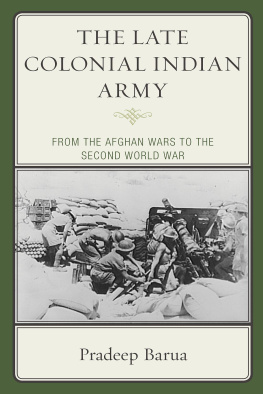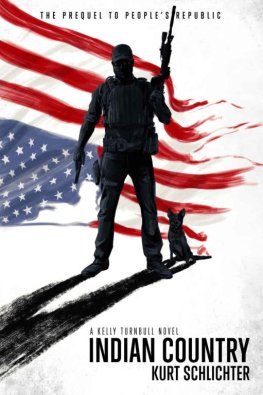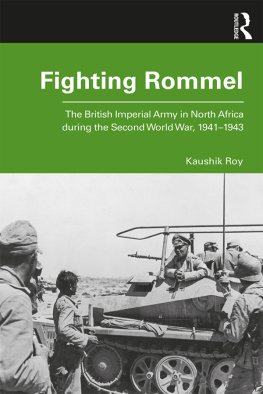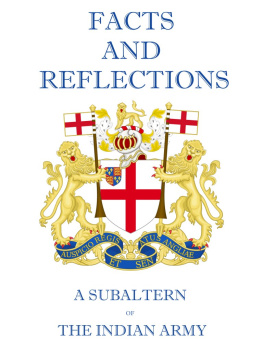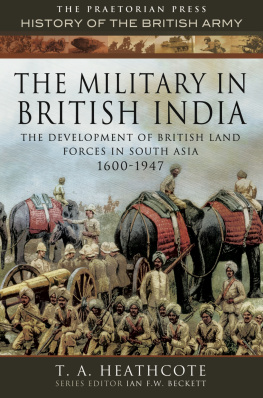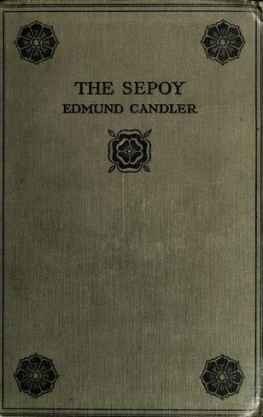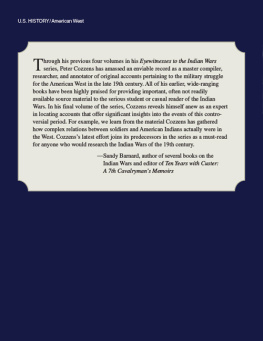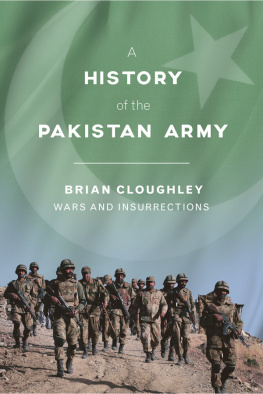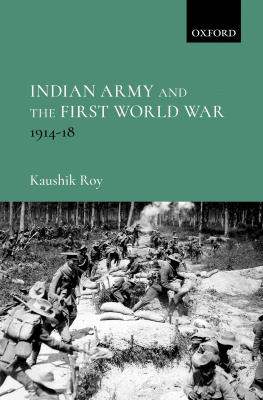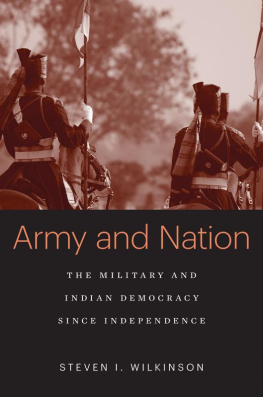Pradeep Barua - The Late Colonial Indian Army: From the Afghan Wars to the Second World War
Here you can read online Pradeep Barua - The Late Colonial Indian Army: From the Afghan Wars to the Second World War full text of the book (entire story) in english for free. Download pdf and epub, get meaning, cover and reviews about this ebook. City: Lanham, year: 2021, publisher: Lexington Books, genre: History. Description of the work, (preface) as well as reviews are available. Best literature library LitArk.com created for fans of good reading and offers a wide selection of genres:
Romance novel
Science fiction
Adventure
Detective
Science
History
Home and family
Prose
Art
Politics
Computer
Non-fiction
Religion
Business
Children
Humor
Choose a favorite category and find really read worthwhile books. Enjoy immersion in the world of imagination, feel the emotions of the characters or learn something new for yourself, make an fascinating discovery.
- Book:The Late Colonial Indian Army: From the Afghan Wars to the Second World War
- Author:
- Publisher:Lexington Books
- Genre:
- Year:2021
- City:Lanham
- Rating:3 / 5
- Favourites:Add to favourites
- Your mark:
The Late Colonial Indian Army: From the Afghan Wars to the Second World War: summary, description and annotation
We offer to read an annotation, description, summary or preface (depends on what the author of the book "The Late Colonial Indian Army: From the Afghan Wars to the Second World War" wrote himself). If you haven't found the necessary information about the book — write in the comments, we will try to find it.
The Indian Army was one of the most important colonial institutions that the British created. From its humble origins as a mercantile police force to a modern contemporary army in the Second World War, this institution underwent many transitions. This book examines the Indian Army during the later colonial era from the First Afghan War in 1839 to Indian independence in 1947. During this period, the Indian Army developed from an internal policing force, to a frontier army, and then to a conventional western style fighting force capable of deployment to overseas theaters. These transitions resulted in significant structural and doctrinal changes in the army. The doctrines, and tactics honed during this period would have a dramatic impact upon the post-colonial armies of India and Pakistan. From civil-military relations to fighting and structural doctrines, the Indian and Pakistani armies closely reflect the deep-seated impact of decades of evolution during the late colonial era.
Pradeep Barua: author's other books
Who wrote The Late Colonial Indian Army: From the Afghan Wars to the Second World War? Find out the surname, the name of the author of the book and a list of all author's works by series.

